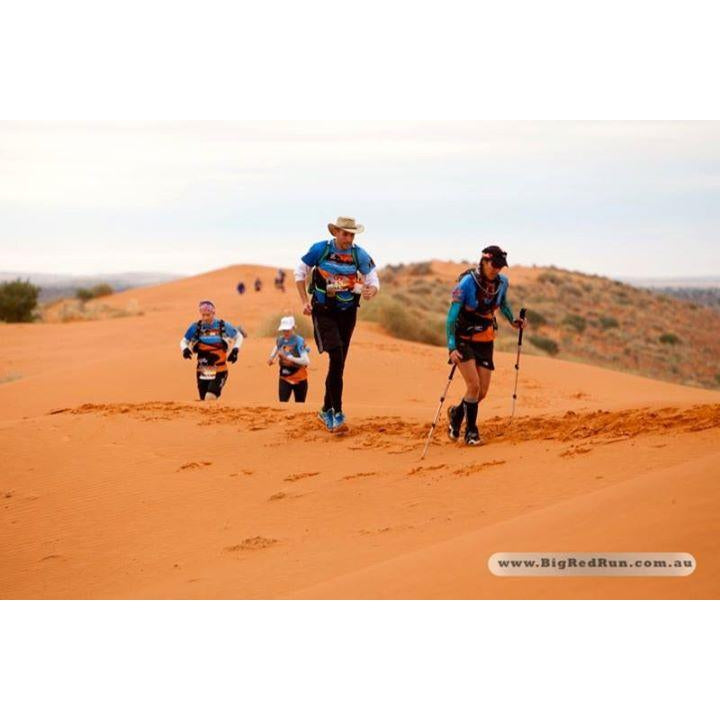Why every athlete should wear compression gear
•Posted on July 03 2017

If I told you that you could use one thing to reduce your muscle soreness, prevent injury and enhance your athletic performance you would think I was talking about some magical thing or something illegal? But I am not, I am talking about compression gear which is basically a tight-fitting garment that athletes can wear to stabilise joints and improve muscle performance. That’s not to say that by wearing compression garments you will automatically be a faster runner or can lift more weight but there are many benefits including:
They can help your muscles recover faster, reduce muscle soreness, and helps your joints stay in proper alignment and reduces the chance of injury over the long term.
There are slip on types, wrap around types, and kinds that you slip on and then wrap and tighten. The type you choose depends mostly on your preferences. There are compression garments like socks, shorts, tops, and sleeves.
If you ever had joint pain or muscle pain while working out or practicing, then you may have considered taking an over-the-counter anti-inflammatory medicine like ibuprofen or acetaminophen. While these medications are what they are and they are indeed effective, that doesn’t mean they are the best choice for an athlete. They know that everything you put into your body influences the output your body can produce.
These OTCs have been shown to do damage to your stomach lining and liver, especially when used over a prolonged period of time. That is not to say that you should never take these if you need them, but certainly we shouldn’t be taking them every day for a prolonged period of time. Especially not when there is something natural and available to us. Not to mention that it starts working immediately, works indefinitely, and even improves our performance.
Benefits of Compression Gear
Some of the main benefits of compression gear provides is common sense. By having a compression sleeve around your arms while weight-lifting, your arms will be warmer. Warmer muscles reduce muscle tearing and strain. Since compression gear holds your muscles tightly, when you are done training and you remove the compression gear, the blood will rush over the muscles that were compressed, this can help flush the lactic acids you have built up over your workout. This helps to relieve muscle soreness the next day.
A study done on the “Effects of Compression Clothing on Performance and Recovery” found that wearing compression clothing during a workout can actually reduce the amount of time it takes for muscles to repair themselves.
Which type of compression garment is best for whom.
It is not just for athletes, but anyone who has chronic joint and muscle pain and tension. If you’ve ever had a joint injury like a sprained ankle or knee; you usually wear a brace of some kind. You know how much support that simple brace gives your joint while wearing it.
Compression gear can work in much the same capacity to prevent joint injury rather than helping to stabilise it while healing.
For which Part of Your Body is Compression Gear Most Effective?
Compression gear is great for any part of your body that gets extra sore after working out.
There are even compression floss wraps available that are great for hard to reach muscles.
Sometimes compression gear is marketed as being able to improve athletic performance and you may find that your performance is enhanced while wearing it. But there are others benefits derived from wearing compression gear besides performance benefits.
Why wouldn’t you try something that is completely natural and has no side effects?
Bio: Sarah is the owner and editor of Compression Info, a site inspired by her active lifestyle and her passion for helping others understand the importance of wearing compression gear.
https://www.compressioninfo.com/
.jpg)
Comments
0 Comments
Leave a Comment